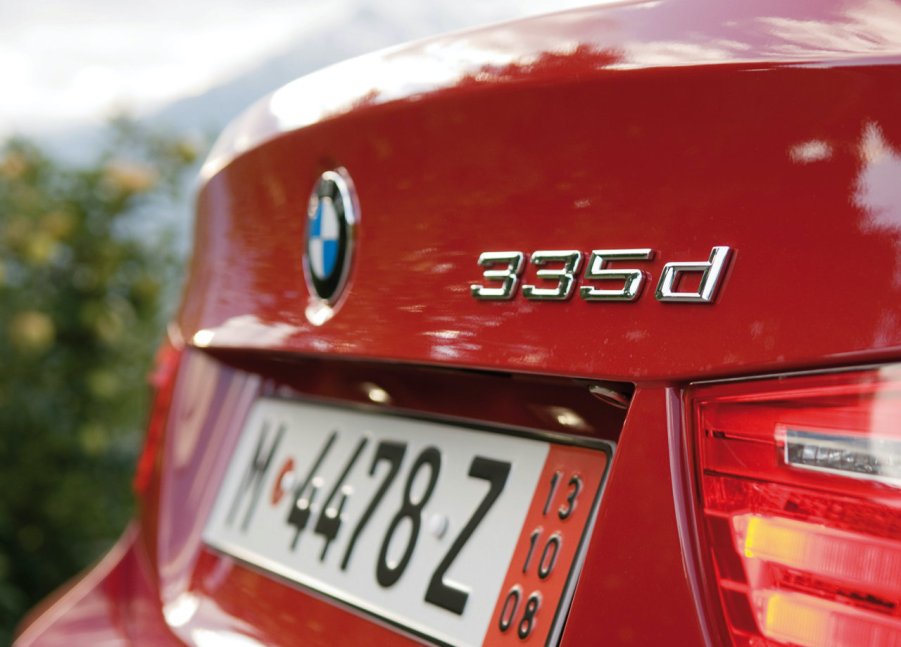
Fuel-Saver Flashback: BMW 335D
When it comes to fuel-sipping cars, we tend to think that power takes a back seat to efficiency. And while that might be the car for normal hybrid cars like the Toyota Prius and the Honda Insight, that’s not the case for diesel cars. Yes, diesel cars sip fuel, too, and they have power. One such example is the BMW 335D.
History
The BMW 335d was produced from 2009 to 2011 when it was discontinued with the model change and the inception of the smaller displacement 328d in 2012. But in the short time that it was around, the 335D wowed reviewers and consumers alike by offering luxury, style, and outstanding power.
In case you haven’t heard, diesel engines are known for their stellar torque ratings, and the 335D doesn’t disappoint, but we’ll get to later. The 335D premiered at a time when hybrid cars were steadily gaining in popularity. Automakers were trying different fuel-saving options in order to give consumers a different option to hybrids, and since Volkswagen diesel cars were doing well, BMW threw its hat into the ring with this car.

Body
The BMW 335D was based on the fifth-generation (E90) 3 Series sedan. It was offered alongside the 335i at the time and only came in sedan form. It offered equipment like power-adjustable seats, navigation, Bluetooth, and parking sensors.
One thing that always struck as odd was that you need to opt for the Cold Weather package to get folding rear seats. Why are folding rear seats optional in a $45,000 BMW?
Powertrain
The BMW 335D was powered by a turbocharged diesel 3.0-liter, inline-six engine that was mated to a ZF six-speed automatic transmission that transmitted power to the rear wheels. The main highlight of this powertrain was that it produced only 265 horsepower, but a monstrous 425 lb-ft of torque, which was more than both the 335i and M3 at the time.
This power rating was good for 0-60 times of about 6 seconds, but what was most impressive was “chest-flattening punch of torque,” as Car and Driver once noted.
Fuel Economy and efficiency
At this point, you’re probably wondering about the car’s fuel economy. The BMW 335D was able to achieve 23 mpg in the city and 36 mpg on the highway. Keep in mind that this is a six-cylinder engine and that diesel cars were known for getting better mileage on the highway than in the city.
In case you’re wondering, real-world estimates are showing up at around 32 mpg of combined driving, which is about 10 mpg better than those with the regular 335i. Considering the type of power you get, that’s pretty fuel-efficient.

Is it worth it to buy one now?
When it was new, the BMW 335D carried an MSRP anywhere from $45,000 to over $50,000 depending on it was optioned out. You can currently find them on the pre-owned market for about $10,000 depending on their age, location, and condition.
Any way you look at it, we would say that’ a great deal. For half the price of a new Honda Civic, you get a luxurious BMW that might be outdated on the tech side of things, but it does offer great fuel economy and, most importantly, loads of power.



